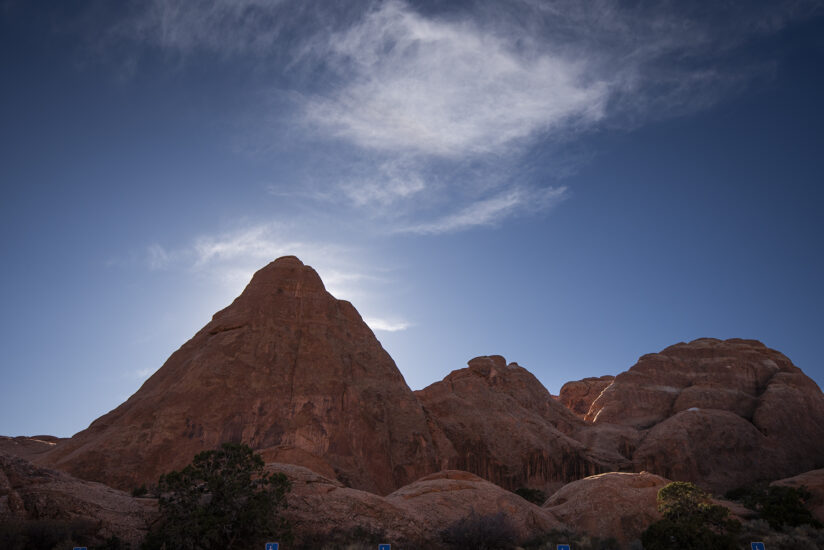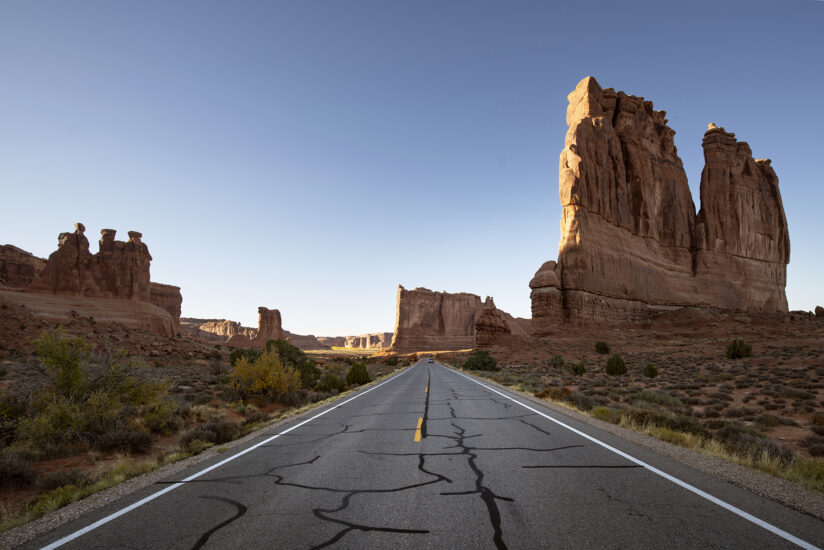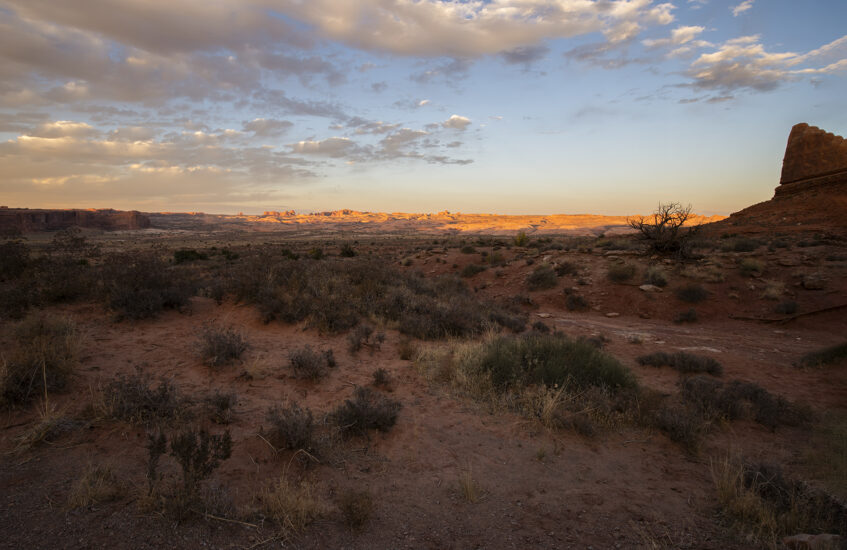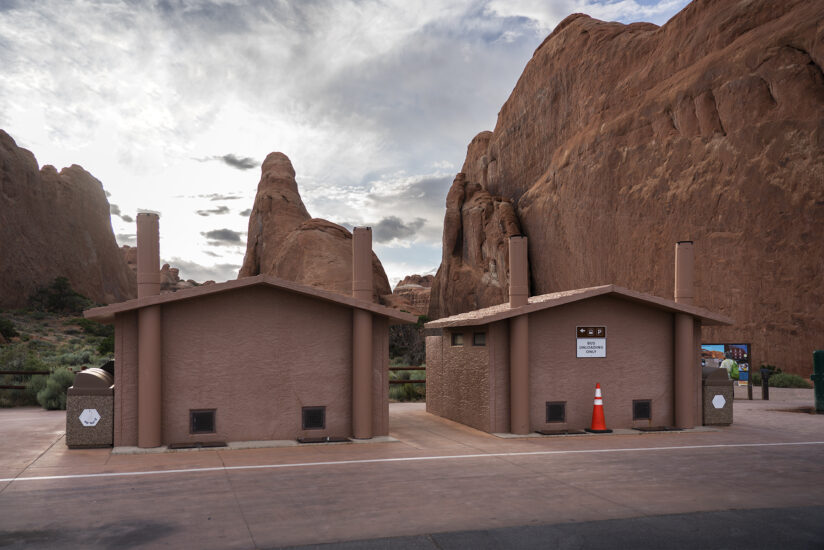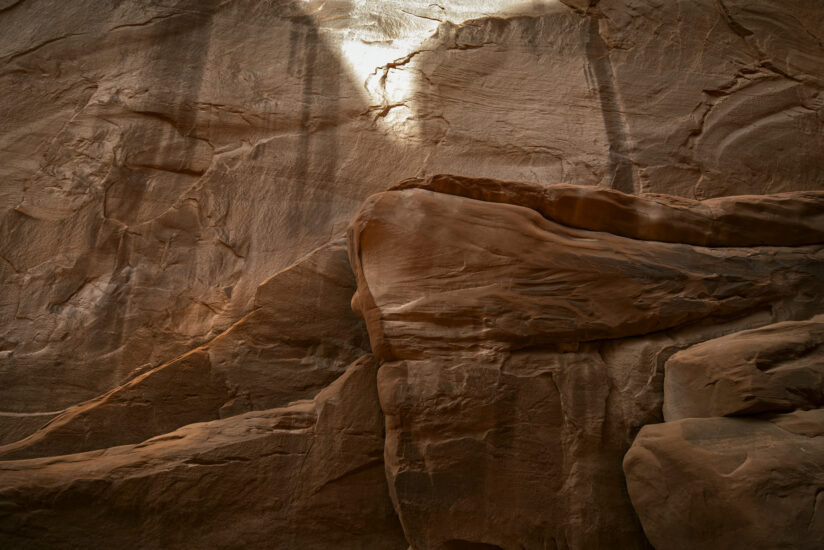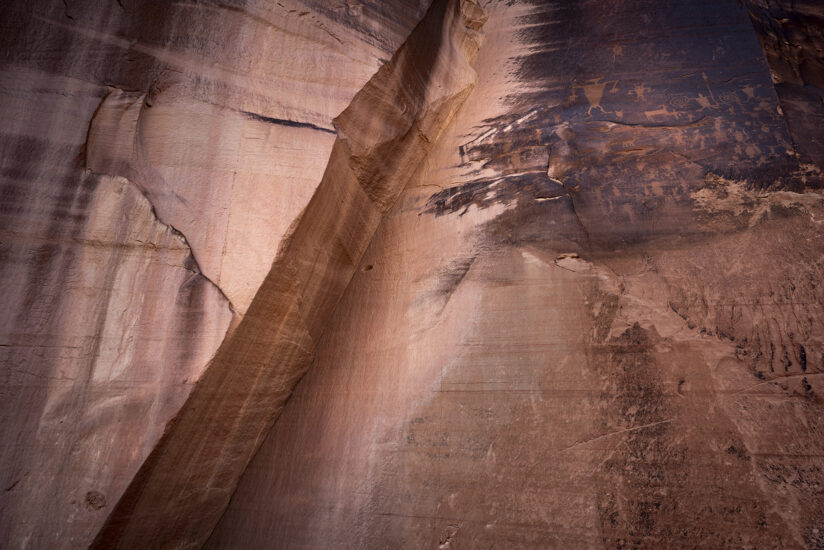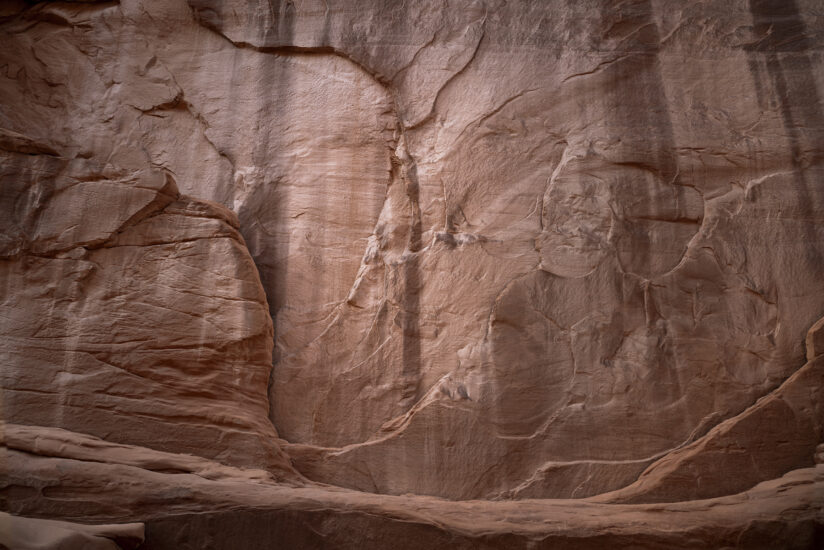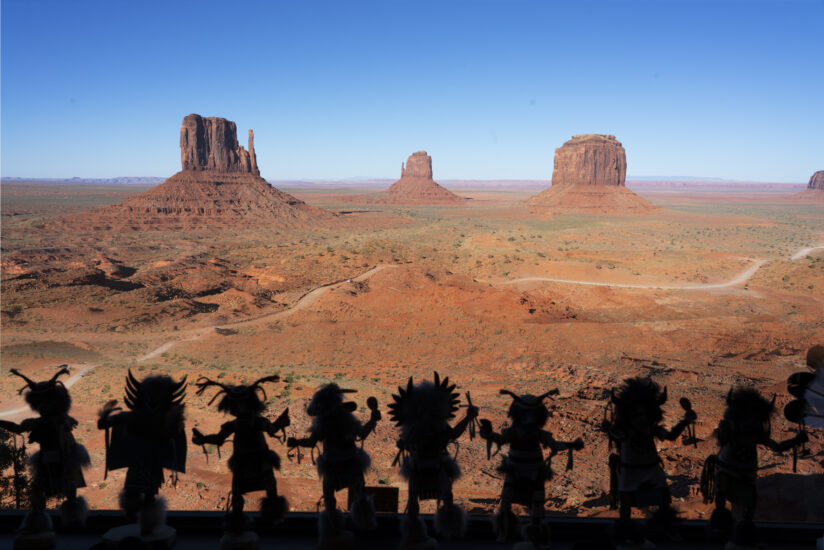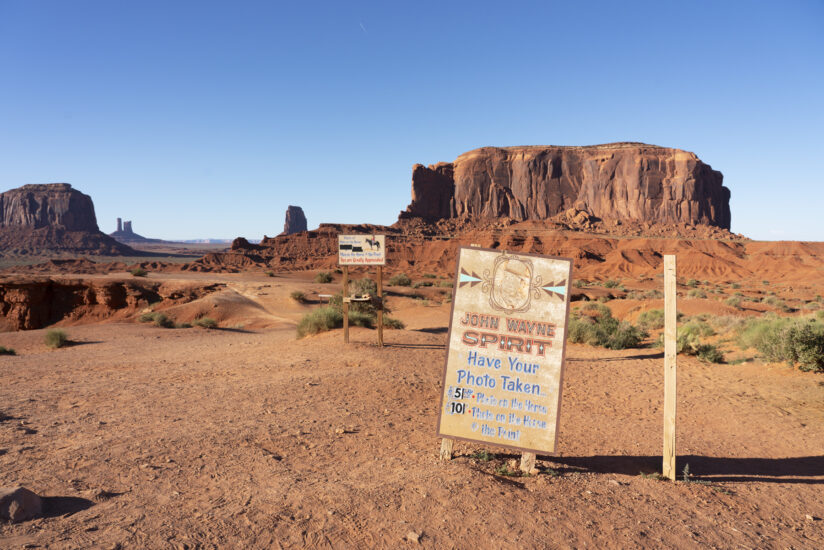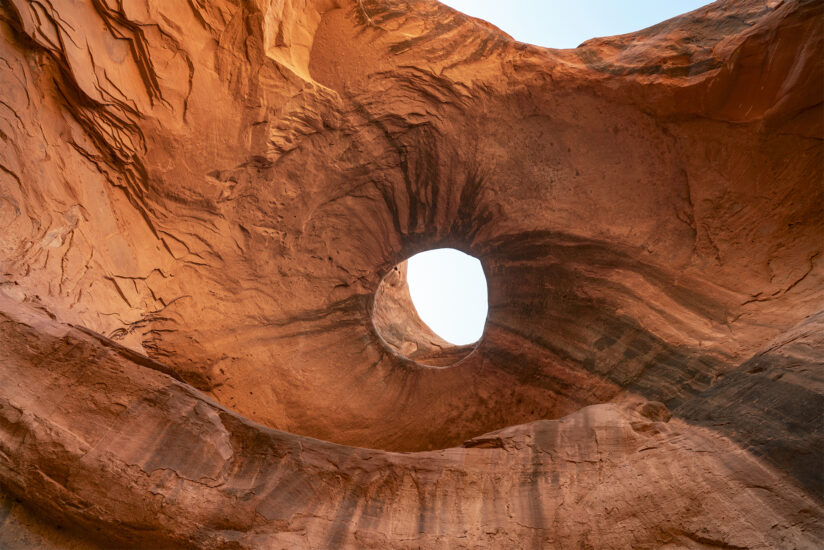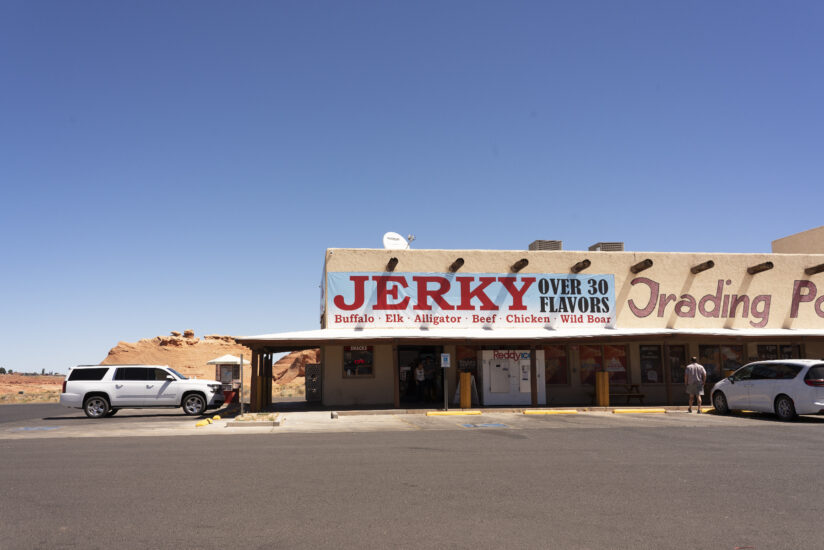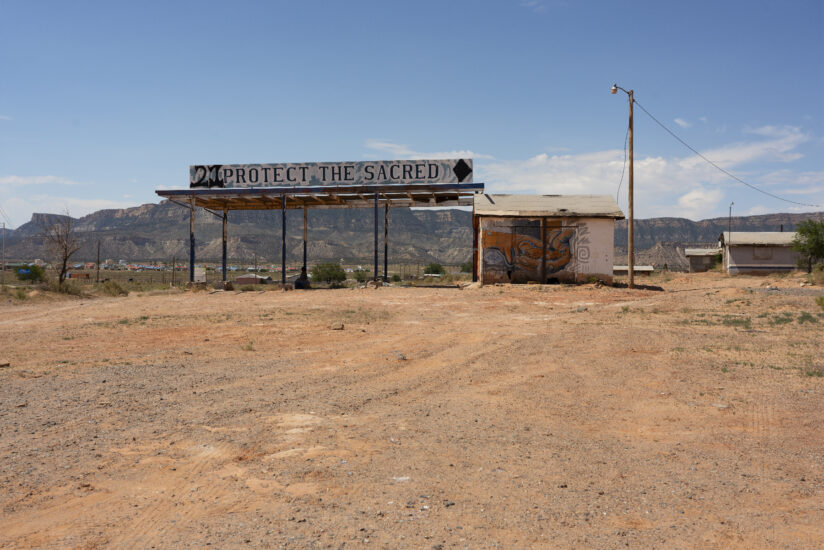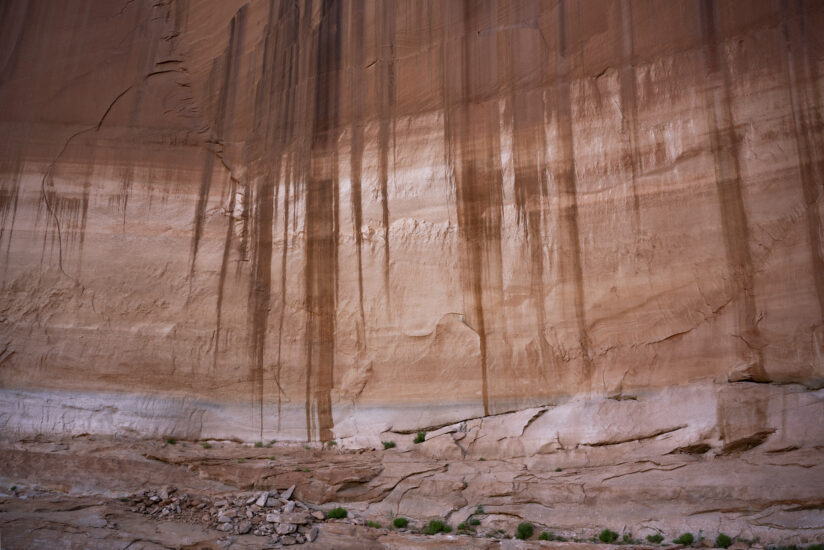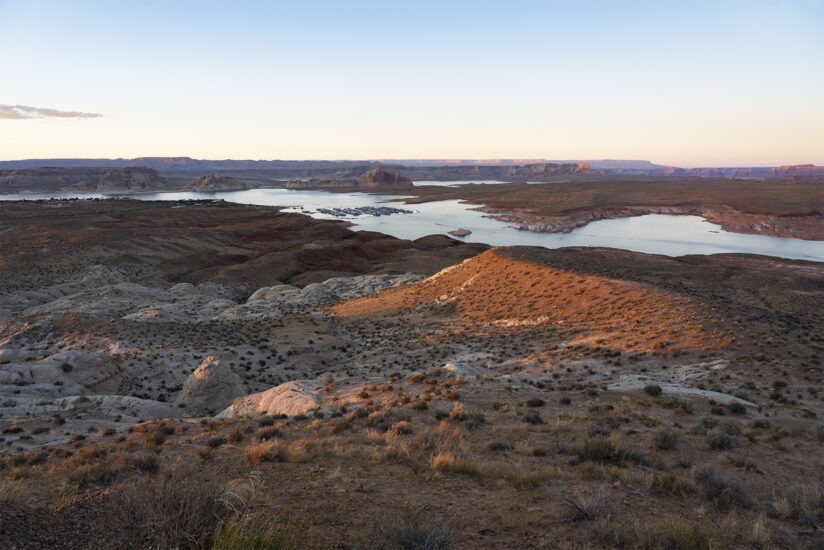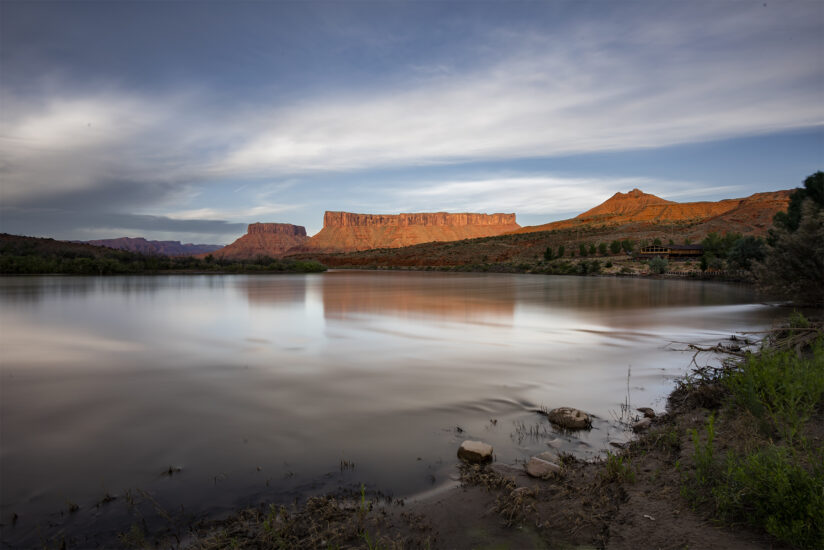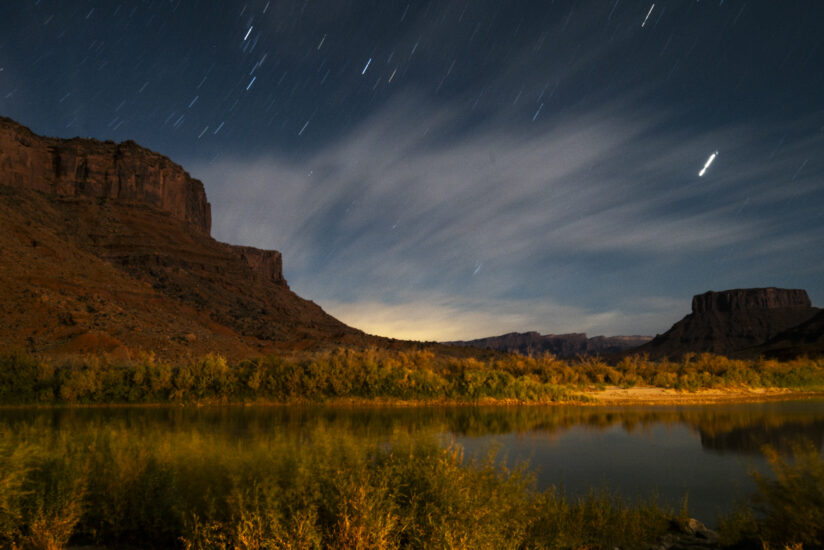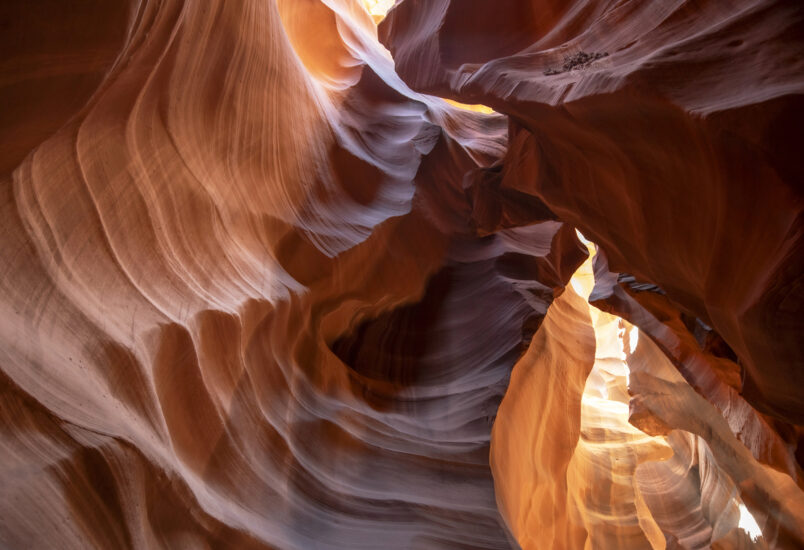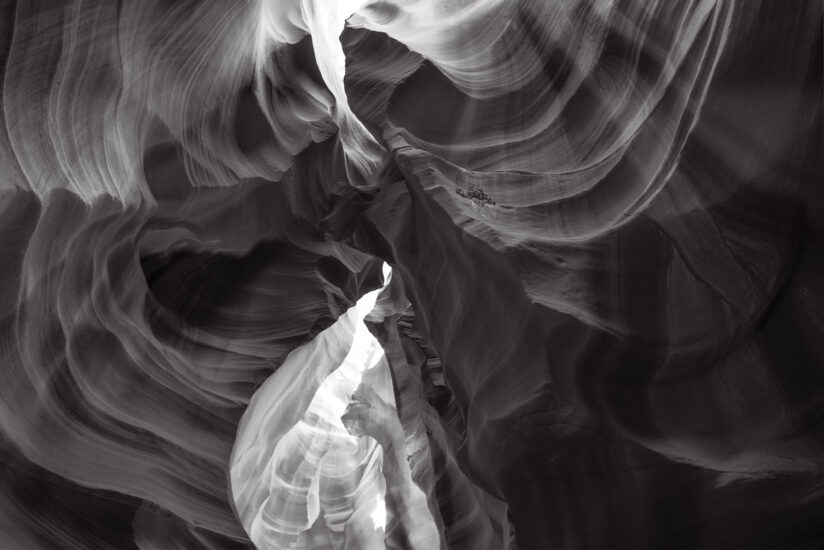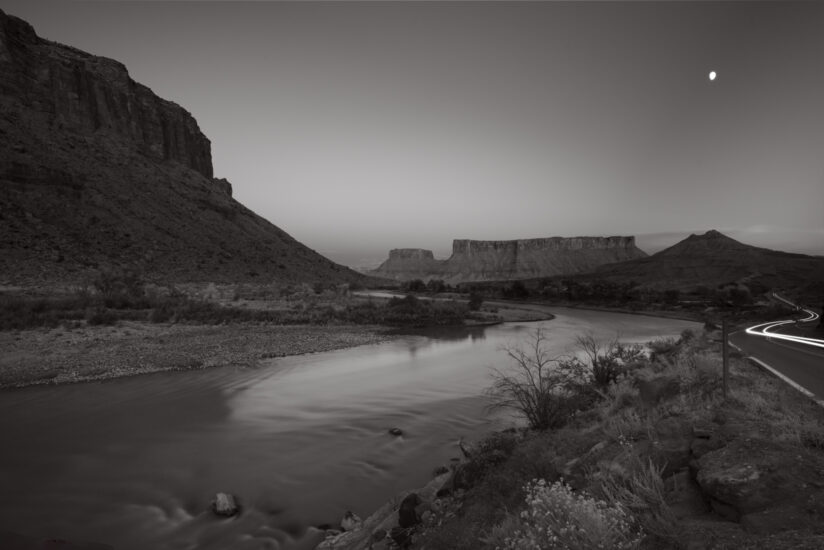Silence, Water, Hope: The Colorado Plateau (2023-24)
“Give me silence, water, hope …” — Pablo Neruda
The Colorado Plateau is an immense basin that drains the 1450 mile-long Colorado River, which provides water and energy to 40 million people through seven states and 30 Tribal Nations, including California. Climate change is scorching the earth and dramatically lessening the available water (for drinking, irrigation, and electrical power) for Western states. Powerful, sublime landscape— and a terrifying future.
Embedded in Sir Edmund Burke’s concept of the sublime is that great beauty is inexorably linked with terror. In the American Southwest, the inherent sacredness is scarred by exploitation of resources and extreme commodification. When the Glen Canyon dam was built, creating Lake Powell, the Army Corps of Engineers answered the Sierra Club’s opposition to the dam and the drowning of Glen Canyon and its numerous Navajo sites by saying that the newly created lake would now allow tourists to get closer to the canyon walls in their motorboats. The Sierra Club retorted, “So, should you flood the Sistine Chapel so tourists can get closer to the ceiling?”
Driving through canyons of the Colorado river near Moab, I witnessed and photographed rocks that were hundreds of million years old and noted how their imminent presence acutely confronts us with our own fragile mortality and emptiness in the face of the grand scale of existence. In light of these echoes of infinity and my fear for the future of the planet, I am reminded of the phrase, “I am a part of it, and it is a part of me.”

